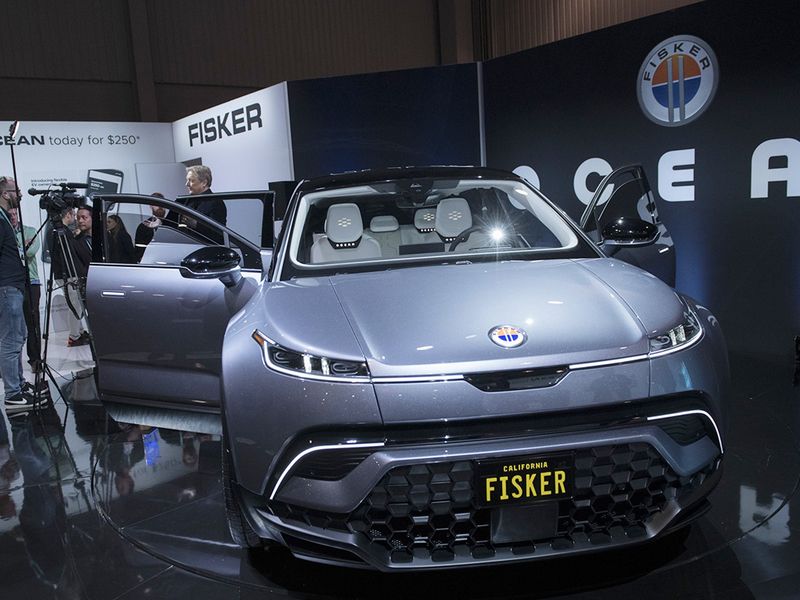
Fisker Inc. is open to borrowing money rather than issuing equity to fund development of four future EVs by 2025, CEO Henrik Fisker said.
Speaking after the company’s first-ever earnings report, the entrepreneur and longtime auto designer said he’d rather take on debt and sell zero-emission vehicle credits to raise money. These credits could be available as soon as production of the Ocean electric SUV — the company’s first model — starts in the fourth quarter of next year, Fisker said. Potential buyers have reserved 12,467 Oceans so far.
Raising cash will be vital as the company prepares to roll out two vehicles in as many years. The Manhattan Beach, Calif.-based business has just under $1 billion in cash, and will spend about $450 million of it on capital expenditure this year, Fisker said in an interview.
“There are various ways to raise money besides equity,” he said. “We didn’t put electric-vehicle credits in the business model. Eventually that will fade out but we think we have another five years to sell them.”
The company has said it expects to be cashflow positive in 2023 as sales of the Ocean ramp up.
The startup went public and raised $977 million by merging with an Apollo Global Management-sponsored blank-check company called Spartan Energy Acquisition Corp. last year. The company plans its second EV by the fourth quarter of 2023.
Meanwhile, Fisker shares rose 5.8 percent to $22.85 in after-hours trading Thursday.
Fisker just got off the ground last year. Here are the key financial numbers for the fourth quarter:
- The company had $991.2 million in cash at the end of 2020 and has no debt.
- Loss from operations totaled $31.3 million, which includes $400,000 of stock-based compensation expense.
- Net loss totaled $12 million, which includes a $19 million noncash gain reflecting changes in the fair value of convertible equity securities and embedded derivatives.
- Net cash used in operating activities totaled $30.1 million.
- Capital expenditures totaled $500,000.
Last year, Fisker signed a deal with auto-parts maker Magna Steyr to use its battery pack and chassis and build the Ocean SUV, its first planned EV. It will be assembled at the supplier’s plant in Graz, Austria.
On Feb. 24, the company announced a plan to build a second vehicle with Foxconn Technology Group, assembler of Apple Inc.’s iPhone.